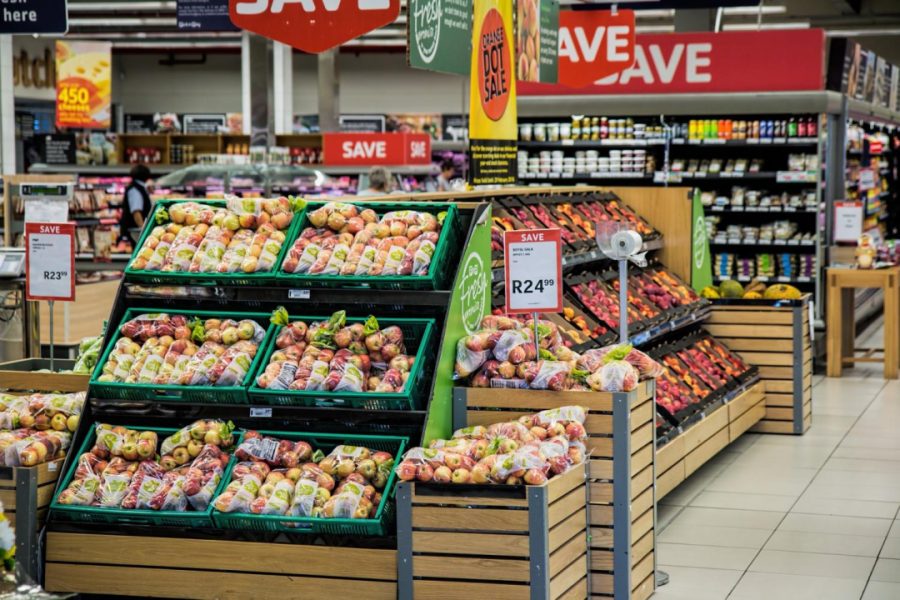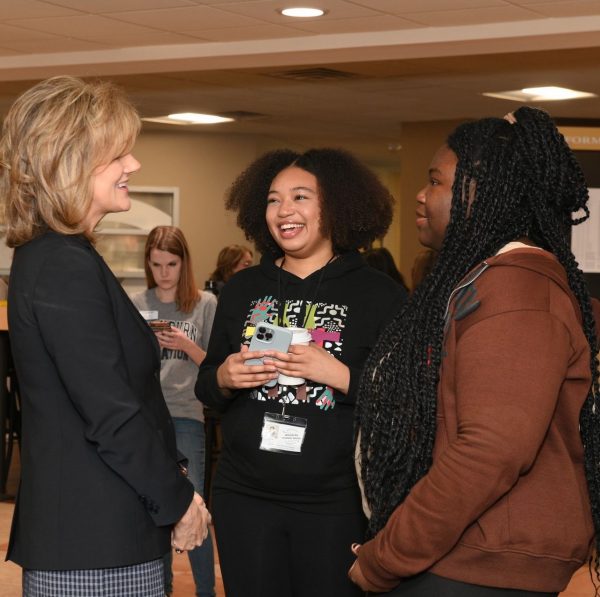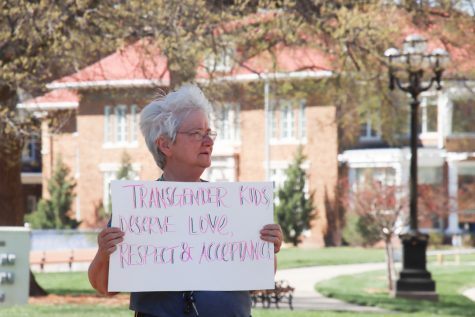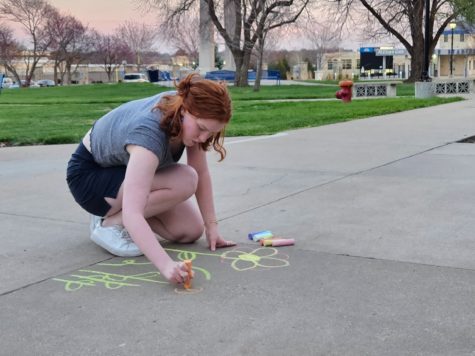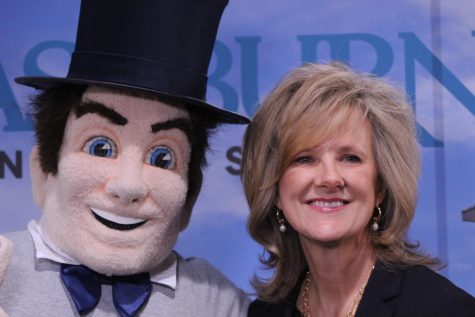Washburn students lack access to healthy meals due to food desert
Washburn is located at 1700 SW College Ave. which is 35 minutes on foot from the closest grocery store making it difficulty for students to buy fresh foods. This is considered a food desert, where students have limited or no access to healthy foods.
Washburn is located at 1700 SW College Ave. The closest grocery store to the university is 35 minutes away on foot. It can be difficult for students, especially international students, to get goods when they need them. In a food desert, people must walk more than a mile to a grocery store that sells fresh fruit, vegetables and meat.
The area surrounding Washburn has a low median income and has limited access to transportation. Residents have difficulties traveling to areas with more food options. There is also not enough demand for grocery stores or supermarkets to open, which has resulted in a lack of healthy food options for those in the neighborhood and on campus.
The nearest gas station is at a walking distance of around 21 minutes, but a majority of the options are unhealthy.
People are compelled to eat unhealthy foods because they can easily access them. The shortage of grocery stores that offer fresh produce and healthy food options can make it difficult for residents to access the foods they need to maintain a healthy diet. People are obliged to rely on unhealthy food options like chips or snacks. Eventually, this has made their lifestyle more dependent on packaged foods.
The nearest grocery store is Seabrook Apple Market located on Gage Blvd, which is a 35 minutes walking distance from the university.
According to the Capital Journal, central Topeka residents were caught off guard three years ago when Dillons announced plans to close its supermarket at 1400 S.W. Huntoon. The grocery store served as the only full-service grocery store in the entire central Topeka area. The chain gave only three weeks notice before departing.
Students at Washburn have a facility to dine in on campus. There are varieties of food options for students ranging from healthy to unhealthy options, which is fully catered by Chartwells.
However, the cost for campus dining is expensive as the rates Chartwells enforces are quite high. In Lincoln dining, students can get swipes in order to get access to Lincoln buffet style-dining.
For 200 swipes it costs $1,200, for 100 swipes it costs $600, for 60 swipes it costs $385, and for 35 swipes it costs $240. Cost per meal ranges from $6.30 to $7.42. There are vending machines around the university area with limited snack items.
Even though eating on campus is expensive, it is often the only option available to students due to the difficulty of finding facilities and food for cooking on campus. Especially for students living on campus, the meal service is a convenient alternative because it is difficult for them to cook.
Campus dining options are located in close proximity to classrooms and residence halls, making them easily accessible for students. This can save time and energy, especially for students who have busy schedules or who may not have access to transportation.
Justine Gutierrez, a junior kinesiology major who lives on campus shared that they believe the dining options are great for people who do not have the time to cook.
“Personally, I think it is good because you can go to the cafeteria or market and grab something by just swiping your card. It’s super convenient and it is really good for people who are busy and don’t cook that much like me,” Gutierrez said.
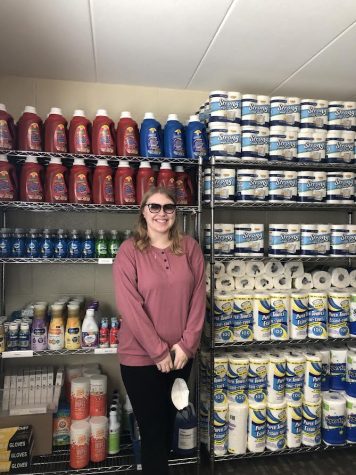
Katy Locey, senior in kinesiology, actively engages in the Bods Feeding Bods pantry. The pantry is located in Kuehne Hall, room 101, right next to parking lot 6 on the west side of campus and is open from 1pm to 5pm Monday through Saturday.
Locey, including her friends, are in the leadership team. They make arrangements in the pantry because it is the only point of access for food or commodities around here besides the corner store and the union since they took out the Dillons at Huntoon in 2016.
Locey expressed her opinion on the availability of food outside of what Chartwells cater for the campus.
“We have seen an increased need for food and commodities access and our county city is not really providing that for this location,” Locey said. “It’s really frustrating, but it’s good to know that we’re here to provide resources for people, especially kids on campus and faculty.”
Bods feeding bods have been getting a lot of really positive feedback from faculty members and students while also receiving requests for new stuff. They have also gotten a lot more access to getting what has been requested because of funds, donations and grants. Bods feeding bods is able to expand because of all the outside help and it is a need on campus.
Overall, Washburn is located in a food desert because there is a lack of easy access to healthy foods. Efforts such as community gardens, farmers markets, and increased access to transportation can all play a role in improving access to healthy food in Washburn. Health is very important for everyone. A healthy lifestyle eventually creates a healthy mindset.
It is crucial that steps are taken to address the issue of food insecurity in Washburn, not only for the sake of the community’s health but also for the betterment of society as a whole.
Edited by Glorianna Noland and LeSha’ Davis
Your donation will support the student journalists of Washburn University. Your contribution will allow us to purchase equipment and cover our annual website hosting costs.



